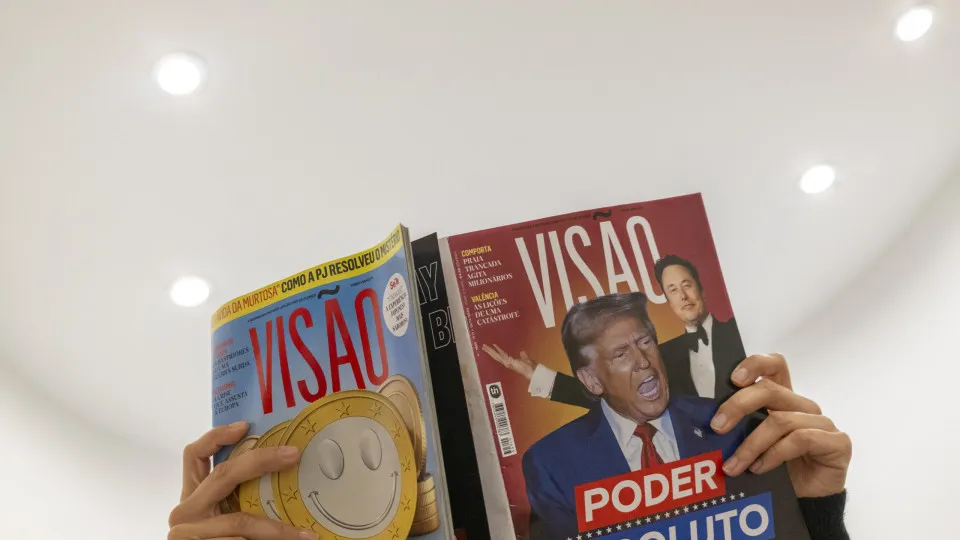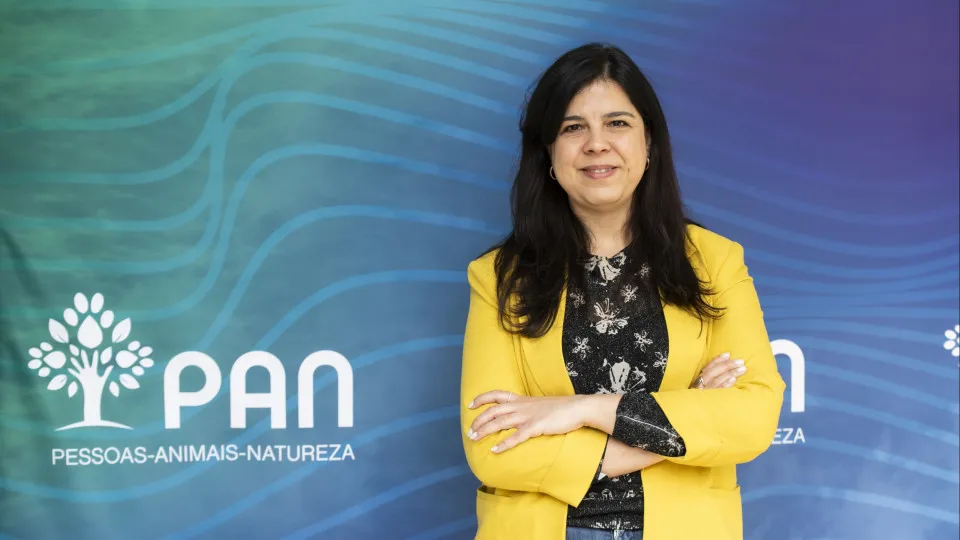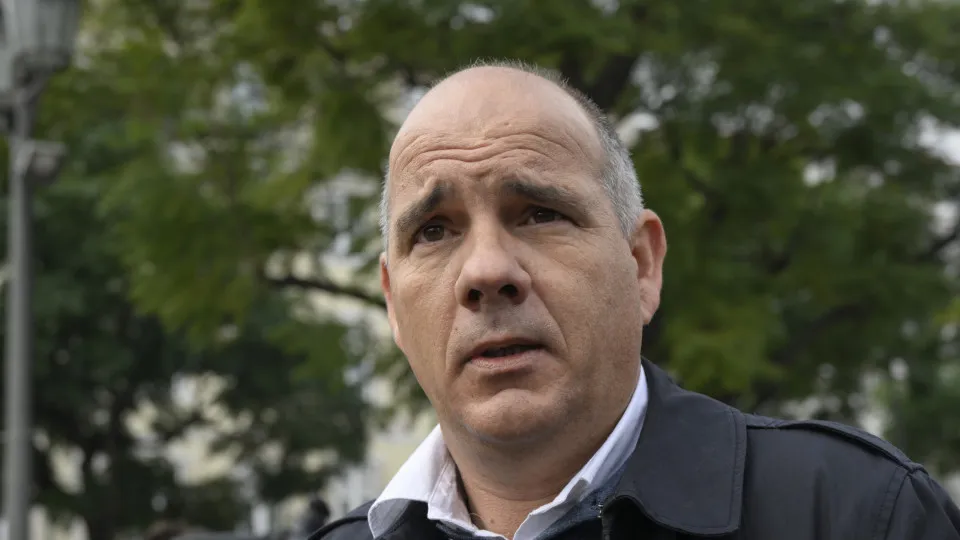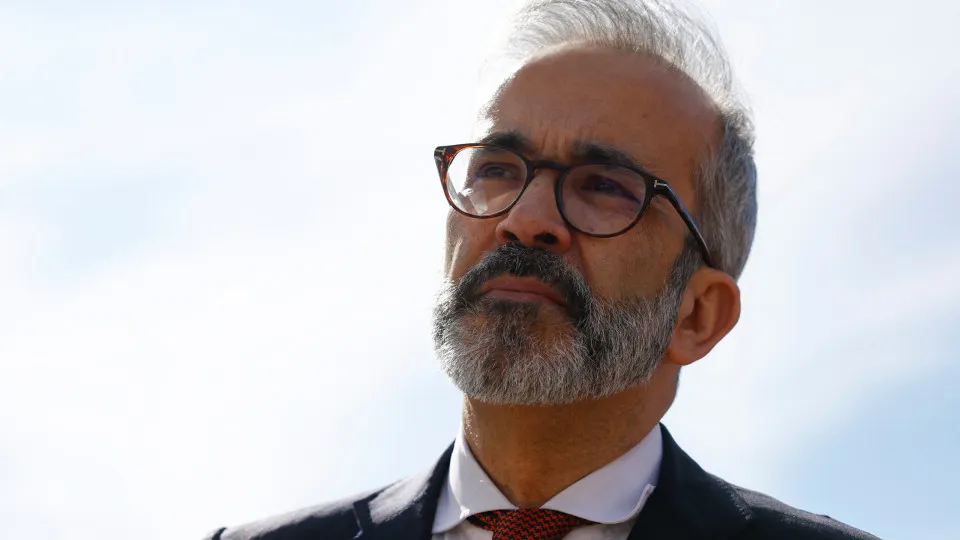Eduardo Batarda passed away on Friday in Lisbon at the age of 81, as announced in a joint statement by the Pedro Oliveira and Miguel Nabinho galleries.
The Portuguese section of the International Association of Art Critics (AICA), which honored Batarda with the Visual Arts Award in 2020, highlighted his “extensive exhibition resume both nationally and internationally” and his “remarkable career.”
AICA noted the artist’s “virtuoso command of technique and a critical and ironic discourse,” blending “references from both popular and high culture universes.”
The Serralves Foundation recalled on social media Batarda’s presence in its collection and his participation in exhibitions from the inaugural display at the museum in 1999 to the 2012 retrospective dedicated to him, “Outra vez, não. Eduardo Batarda.”
According to Serralves, the visual artist is “a fundamental figure in contemporary Portuguese art,” with work characterized by “rigor and an acute critical and satirical sense, as well as compositional complexity and cultural references.”
The Museum of Contemporary Art/Cultural Center of Belém (MAC/CCB) remembered “one of the most singular and vital voices of contemporary Portuguese painting,” noting that the permanent exhibition includes the painting “Reprodução” (1985), part of the State’s Contemporary Art Collection, and that the reception area of the Meeting Center features “Alta” (1990), from the CCB Collection, along with other works by the artist, integrated into the assets.
“An author of work marked by irony, rigor, and unique creative freedom, Eduardo Batarda occupies an essential place in the history of art in Portugal,” wrote the MAC/CCB.
“Today, we remember and celebrate the life and work of an artist who marked generations […], leaving an indelible legacy for contemporary art,” it added.
The Maia Contemporary Art Biennial, which featured Batarda as the “central figure” of this year’s edition, highlighted in a statement “a singular figure of contemporary art” and “one of the most multifaceted Portuguese artists of his generation,” for “an extensive body of work marked by painting and watercolor, the influence of Pop Art, comics and illustration, irony, critique, and satire, as well as the use of word and script.”
“Eduardo Batarda leaves a legacy that should not be forgotten and was important for our democracy,” stated the biennial’s curator, Manuel Santos Maia.
The Amadeo de Souza-Cardoso Municipal Museum in Amarante also emphasized the artist’s legacy, confident “that his work will continue to inspire future generations,” recalling the awarding of the Amadeo de Souza-Cardoso Prize to Batarda in 2019, as well as the canvas in its collection: “A Terrifying Line of Thought.”
The Cupertino de Miranda Foundation in Vila Nova de Famalicão also lamented Batarda’s passing, preserving in its collection the work “O Sr. Professor CJP na hora de maior movimento,” from 1965.
The Manuel de Brito Art Center (CAMB) in Lisbon, which showcased “Eduardo Batarda in the CAMB Collection” in 2009, remembers “a major and inspiring artist,” while Galeria 111, founded by Manuel de Brito, recalls the work together “over more than 40 years.”
Both Galeria Ratton and the Fundação Meo expressed their regret over Batarda’s death.
Curator David Santos, director of the Museum of Neo-Realism, gallerist Cristina Guerra, actor and director Fernando Heitor, art historian and critic Alexandre Pomar, and researcher Isabel Nogueira, professor at the National Society of Fine Arts, are also among those who mourn Batarda’s death, praising his “extensive work of notable singularity and consistency.”
Gallery owner Pedro Oliveira described Eduardo Batarda to Lusa as a remarkable artist, not just for his generation but also for those that followed, particularly due to his work as a professor at Porto’s School of Fine Arts.
“He had many students who are now excellent artists, left a very significant mark on younger generations, and had a body of work of great importance,” stated the gallery owner, noting that Batarda reached the level of “master,” also praising his intellectual capacity beyond visual arts.
Eduardo Manuel Batarda Fernandes was born in Coimbra in 1943, began a course in Medicine in 1960 but abandoned it, opting for Painting, which he studied at the School of Fine Arts in Lisbon from 1963 to 1968, followed by studies at the Royal College of Art.
In 1976, he started teaching at the Porto School of Fine Arts, combining teaching with an intense and multifaceted artistic practice over the following decades.
His first exhibitions date back to 1966-1968. In 1998, he had a retrospective exhibition at the Gulbenkian Modern Art Center (CAM) with over 200 works. One of his recent exhibitions was the retrospective at the Serralves Museum in Porto, “Eduardo Batarda: Outra Vez Não,” in 2011.
This year, Eduardo Batarda was the “central figure” of the Maia Contemporary Art Biennial.
Awarded the EDP Foundation Prize for Plastic Arts in 2007, the Grand Prize Amadeo de Souza-Cardoso in 2019, Eduardo Batarda was honored in 2020 with the Medal of Cultural Merit from the Ministry of Culture.




